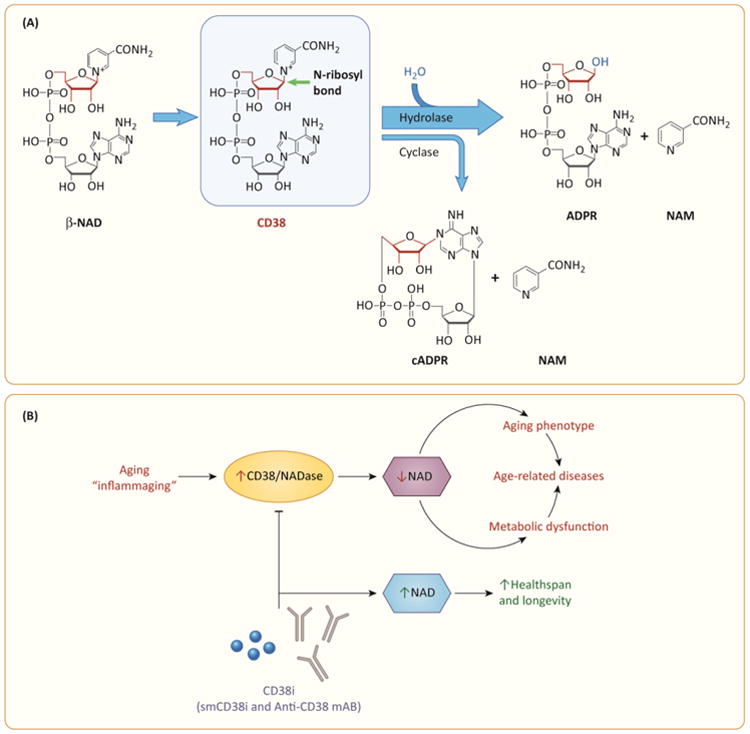Figure 1. (key figure). “NAD boosting therapy” via CD38 inhibition in age-related diseases.

A. CD38 breaks NAD into ADPR/cADPR and NAM. The main site of reaction in the NAD molecule is the terminal ribose, specifically the covalent bond between N1 in nicotinamide and anomeric carbon of the ribose. CD38 breaks the N-glycosyl bond and the main product of the reaction are ADPR and nicotinamide with a very small portion of NAD been converted to cADPR. The figure abbreviations are: ADPR – adenosine ribose cADPR cyclic adenosine ribose NAM – Nicotinamide NAD – nicotinamide adenosine dinucleotide. B. A pro-inflammatory phenotype is observed during the aging process (inflammaging hypothesis). Inflammatory cytokines and endotoxins are potent inducers of CD38 expression, leading to an increase in the tissue NADase activity and a subsequent decline in cellular NAD levels that may play a role in the development of the aging phenotype, decrease resilience, metabolic dysfunction, and the appearance of some age-related diseases. Inhibition of CD38 via small molecule CD38 inhibitors (smCD38i) or non-cytotoxic monoclonal antibodies that inhibit CD38 activity (CD38i mAB) may prevent cellular NAD decline and promote healthspan and successful aging.
